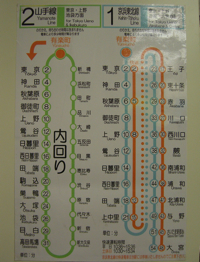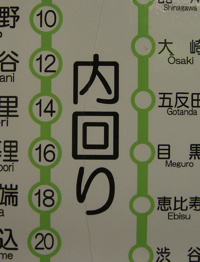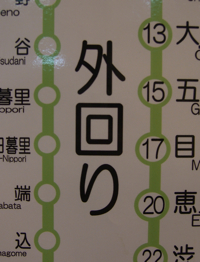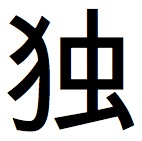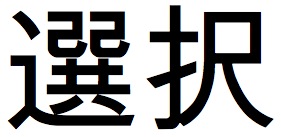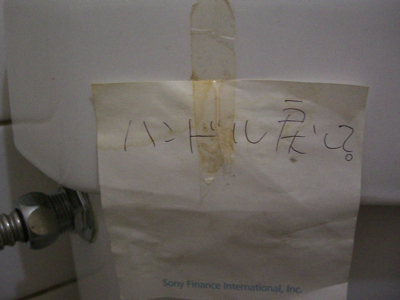This week I’ll explore the glories of the pattern ~てくる。The eternal caveat: trying to get back to the core of How to Japonese, this week will be especially unfounded in textbook “learnin’.” I’m looking back through the fog of time, thousands of hours of study, and countless repetitions in an attempt to narrow down the “sense” that I’ve developed for this pattern and how I came to that sense. How I’ve gotten used to it, I guess. Hope it’s helpful.
For me, this pattern represents the earliest stages of getting used to it. Jay Rubin’s book Making Sense of Japanese is the Bible of “getting used to it.” I first read through it my sophomore year of college. Not all of it sank in immediately, but this pattern did. He has one short section titled “Go Jump in The Lake, But Be Sure to Come Back” where he calls 〜てくる an idiomatic expression; in English we say “go do,” and in Japanese they just happen to say “do and then come.” Get used to it.
The most basic ~てくる pattern is 行ってきます, which is what people say when leaving the house in Japan. When translating, it’s probably best to go with something like “I’ll be back” or “I’m stepping out” or even “See you later.” The expression literally breaks down to “I will go and then come (back)” but really only means “I’m going.”
That’s easy enough. You can extend this to any activity:
弁当(を)買ってきます。 I’m going to buy a bento. (Because I can’t be asked to make anything.)
一服してくるよ。 I’m taking a cigarette break/rest. (Because this office is hot as hell!)
まい泉でトンカツを食べてきた。 I went and had tonkatsu at Maisen. (Which is why I can’t get up from the couch.)
年末ジャンボを二枚買ってきた! I bought two New Year’s Jumbo tickets! (And when I win I will retire at 28.)
The big question is what is the difference between plain, old 買いました and 買ってきました. The former conveys only the basic information – you bought something. The second one feels more like an event, one that the person being addressed was previously aware of – you went out and bought something that you had been talking about earlier. (You can see this implied information in parenthesis for the examples above.) And 買います and 買ってきます? The former to me feels undefined in terms of timeframe, whereas the latter is going to happen sooner or at least in a more specified timeframe such as これから or 明日 or お金がたまったら.
I’m going to go ahead and say that you should be using this pattern 40% more often than you currently do. So go on. Get out there and go do some stuff. And come back when you’re done.
